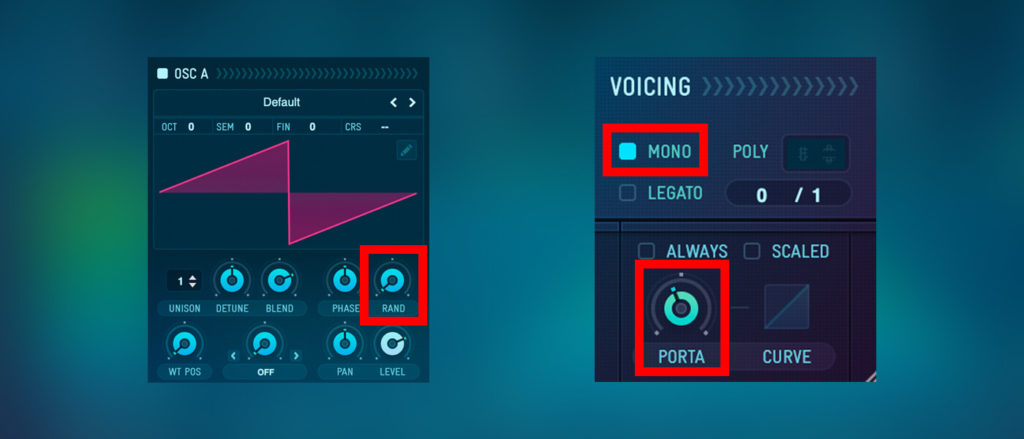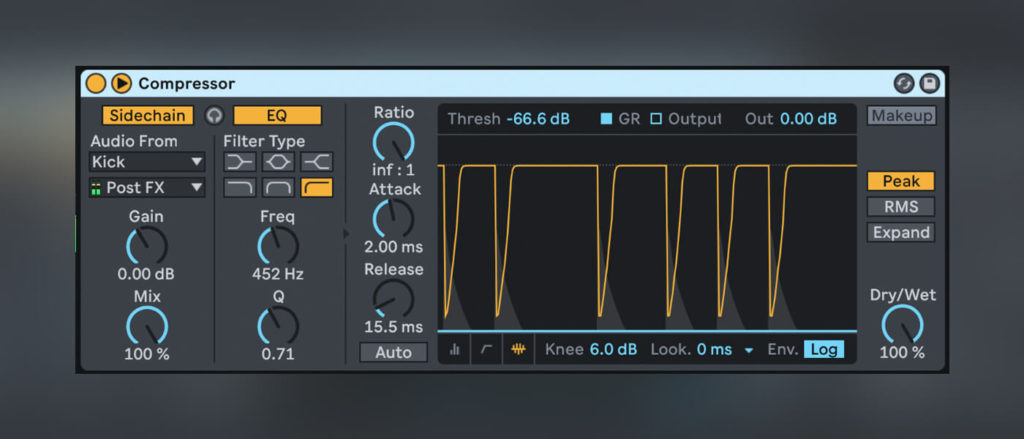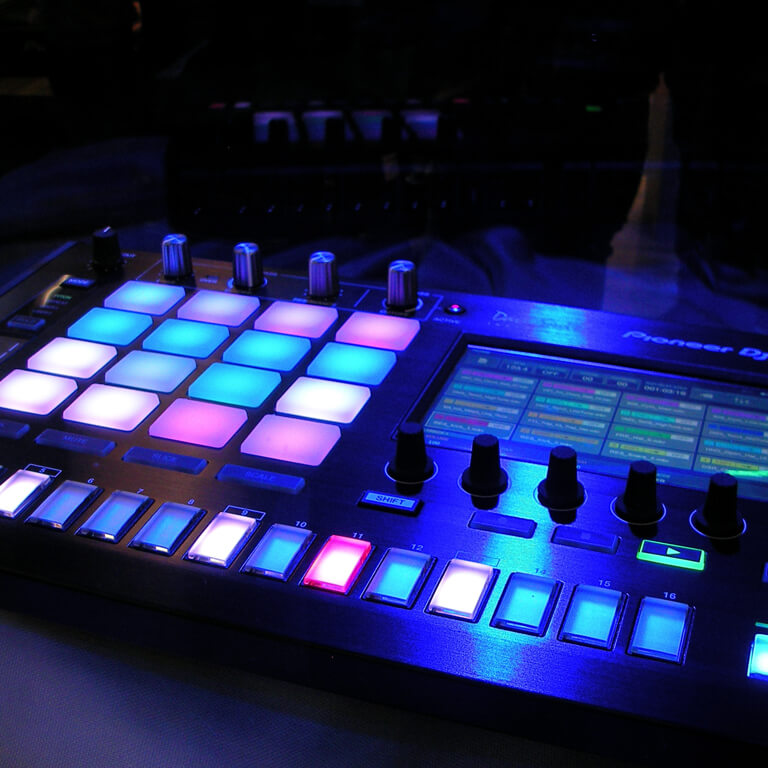In this tutorial, you’ll learn how to make a Phonk beat from scratch. We’ll start with an energetic cowbell melody, will add hard-hitting drums, and finally design a nasty 808 bass.. but before we start with the Phonk tutorial, let’s talk about what Phonk is in the first place.
Phonk is a style of Hip Hop or Trap, often based on 808 cowbell melodies or lo-fi samples from old Funk or Jazz productions. A lot of times it’s accompanied by vocal samples from Memphis rap records and compared to common Trap beats all elements are usually distorted quite hard. Some known Phonk producers include Inteus, JASON RICH, or DJ YUNG VAMP.
Step 1: Find or Make a Phonk Melody
As previously described, Phonk is often based on samples from old Funk or Jazz records. Unfortunately, most of those records are copyrighted and it’s quite hard to legally use them for your own productions unless you’re incredibly successful or have really good connections. So instead of searching for a fitting sample, we’ll make our own one.
Since Phonk melodies often rely on 808 cowbells, we’ll pick a tuned one shot taken from our new Phonk drum kit “Reticence”. Now set the tempo of your DAW to 140 BPM, add a new MIDI clip and try to come up with a nice rhythm. Just like this one for example:

Next up, try to transpose some of the notes up or down. In order to make the melody sound dark, you can add a few C#s (as long as your root note is C). This interval is called a minor second and always works if you’re going for a “dangerous” vibe.

Once you got the notes right you can fine-tune your melody by adding effects, like reverb, compression, or because it’s Phonk: distortion. I made a list of the best lo-fi plugins a while ago and since Phonk also has some lo-fi elements, feel free to check it out here.
Step 2: Add Hard Hitting Drums
So in contrast to typical Trap drums, Phonk usually hits way harder. Our own Phonk drum kit is filled with 350 drum hots and should therefore be more than enough to get you started. However, if you don’t want to spend any money at the moment, you can also take a look at our free Chaos kit, which comes with some harder Trap samples & loops as well.
Once you hooked yourself up with some decent drum hits, pick a snare of your choice and add a note on every second quarter hit. Pick a nice hat sample and draw in 8th notes. Now select a heavy kick and try to come up with a cool pattern. Here’s what we came up with:

Processing
Although your goal should always be to select perfect one-shots, which don’t need any processing, adding a few effects to the drum buss can help to make your drums hit even harder. Saturation for example introduces subtle harmonics. If you however go for a harder sound, you can also try out a soft or hard clipper.
Step 3: Make an 808 Bass
Listening to Phonk, you’ll realize that the bass doesn’t have a lot in common with traditional 808s anymore. When trap evolved, 808s were basically sine waves with a fast pitch envelope. Modern 808s (especially in Phonk) in contrast have a lot of harmonic overtones and can be distorted quite hard. To get the perfect 808 for your song there are basically two options:
Option 1: Find The Perfect Sample
If you aren’t that experienced with sound design yet, you can simply try to find the perfect one-shot for your arrangement. Unfortunately, this can take a while, so instead, I’d highly recommend going for option two.
Option 2: Make Your Own 808
If this is the first time making an 808 bass from scratch, don’t worry: It’s actually not that hard. The first thing to do is open up a synth of your choice. In this case, I’m using Serum because it allows you to use custom waveforms and because it’s simply the best synth in my opinion.
Before starting with the sound design process, you should take care of a few things. First, set the voicing to mono in the bottom-right corner and set the “PORTA” to 100ms (you can fine-tune this later on). Now go to OSC A and decrease the “RAND” to 0.

Once you got this down you can start searching for a decent waveform. I personally like to pick one of the hard tables from our Serum 808 preset pack 808 VIP, simply because they already sound kinda 808. If you don’t have access to these tables, a pure sine or a saw wave with a low-pass filter should also get the job done.
Now, to make the 808 sound gnarly, we need to add a ton of distortion to it. Serum already comes with a bunch of cool algorithms you can try out, but your DAW of choice should also have some decent options. Hint: if you’re using Ableton Live, make sure to try out the pedal.
Obviously, this isn’t everything you can do to design your 808, but I think it’s a great start to get into sound design. Simply pick a waveform with little high-end, apply a lot of distortion, and twist all the different knobs until you’re satisfied.
Don’t Forget To Sidechain It!
While producing music it’s important to have only one instrument with bass content playing at the same time. To achieve this, you have to decrease the volume of the bass every time your kick hits. If you’re using Ableton Live, load the compressor to your bass track, enable “Sidechain” and select your kick drum as a source sound. Now decrease the threshold until you can hear this effect. You can also play around with different attack or release settings.

Step 4: Get some Phonk Vocal Samples
Phonk typically relies on vocals from Memphis rap, but as previously described, you can’t simply take a record from someone else and use it for your own track. Instead, I’d recommend purchasing a rap vocal sample pack. This way you can be completely sure that you own all the necessary rights to commercially release your song.
Here are some of the best pack I could personally find online:
However, if you don’t like any of the ones above you can also search for something like “Rap Vocals” on your own. There are probably a few sample packs available I have missed.
Final Words
So as you can see, learning how to make Phonk isn’t actually that hard. All you really need is a cowbell melody, strong drum hits, and a heavily distorted 808 bass. Sure, this sounds easier than done, and fine-tuning all the different elements until everything sounds perfect can take a while, but if you commit to it and practice you’ll eventually come up with something dope!


